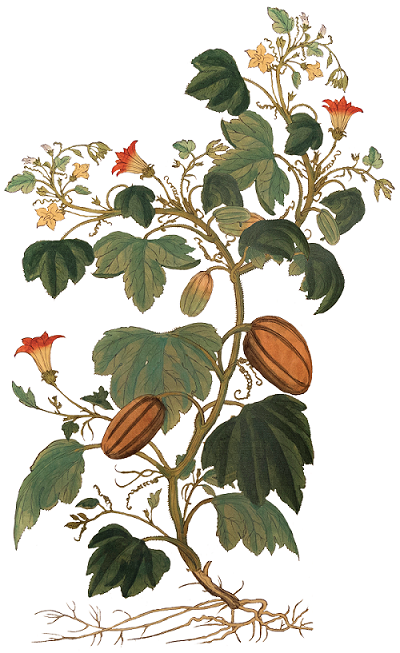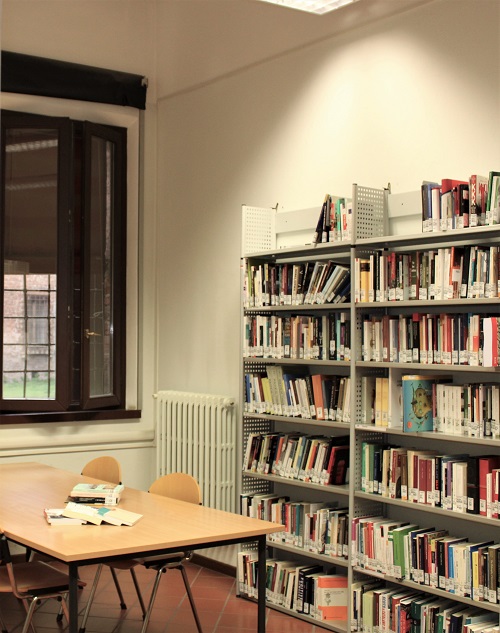- History
- Promotion
- Location
Internal courtyard, Palazzo Tassoni-Mirogli
Photo by Cristina Baldi, University Library System
In 1434, Brandalisio Boccamaggiori, of noble family, who came to Ferrara from Alessandria in Egypt, laid the first stone of the palace, which was designed to be 'magnificum', on land referred to as the "Meadow of the beasts", received at the behest of Nicolò III d'Este.
In 1488, the palace was sold in separate parts, and then restored to a single property in 1590 under the Tassoni family; the building had a central courtyard with two loggias, which are still visible, one in the internal courtyard and the other over the walled vegetable gardens.
The Marquess Federico Mirogli acquired the palace in the first half of the 17th century, and commissioned its restoration from architect Carlo Pasetti, who created an interior theatre space. In 1652, on the occasion of a visit from the Archdukes of Austria, a musical dramatic recreation of Gli sforzi del desiderio by Francesco Berni was performed here; it was such a success that Pasetti was called to Vienna to build a theatre.
After other changes of ownership, from the 1800s the palace was designated for social welfare purposes, finally becoming "Casa del Popolo", in 1906, a meeting place for cultural, recreational, political and social events connected with the Catholic Church. In 1960, the Ferrara City Council purchased the palace, and transferred it in 1962 to the university, which made it into the seat of the Faculty of Education (later Literature and Philosophy) and its library in the academic year 1969/70.
The palace houses the Literature and Philosophy Library which is the location of the Human Anatomy, Sant'Anna Central Hospital, Botany and Literature and Philosophy Collections
To find out more

Leonhart Fuchs, De historia stirpium commentarii insignes, Basel, Michael Isengrin, 1542 (Recreation of the illustration). Historical Collection of the Literature and Philosophy Library
This location is part of the permanent cultural tour Stories of books and palaces. Tours of the Unife libraries from the University Library System. (Tour guide.pdf)
Cultural events
21-22 October 2023 - Open Monuments: Palazzo Tassoni-Mirogli and the University Theatre Centre
Guided tours
Virtual Tours
Audiovisual

Dewey Room, Literature and Philosophy Library
Photo by Cristina Baldi, University Library System
Palazzo Tassoni-Mirogli
Via Savonarola, 17
44121 Ferrara
Accessibility
Consult the map of the ground floor and for more information, visit the page for Accessibility of buildings.




